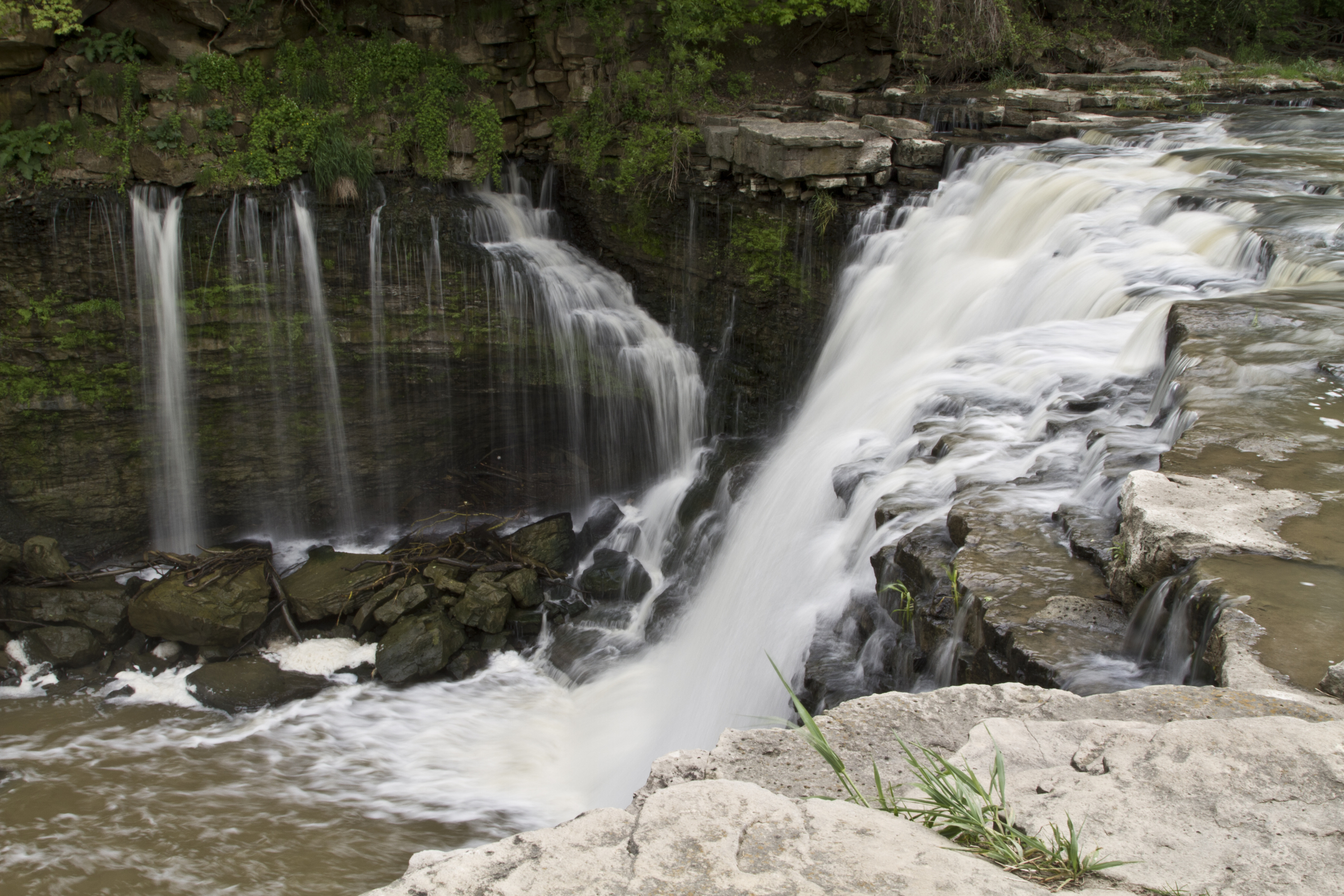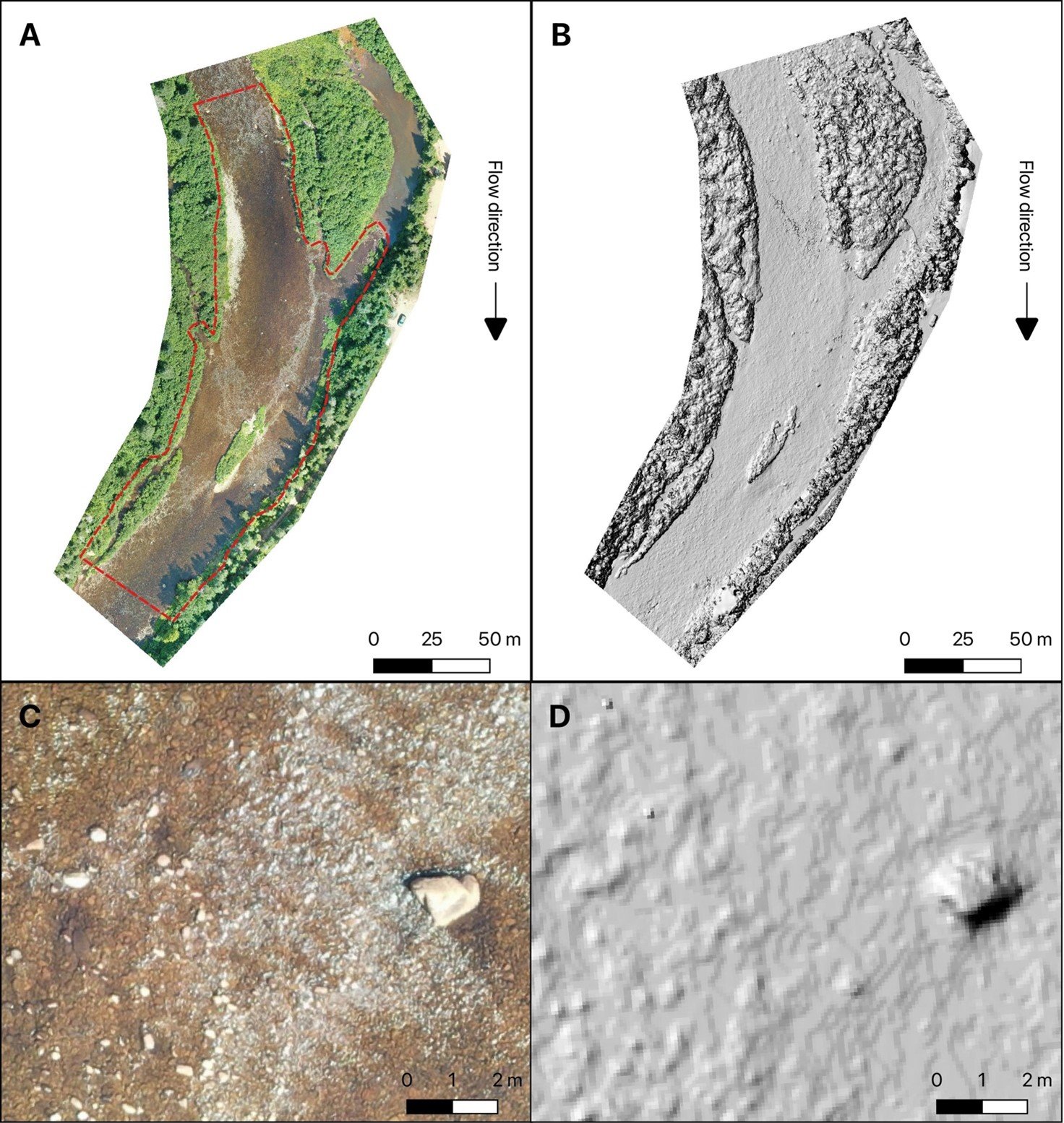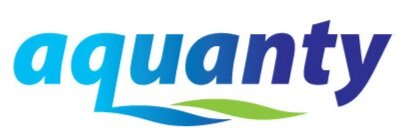

HGS RESEARCH HIGHLIGHT – The HypoSalar project: Integrating hyporheic exchange fluxes into Atlantic salmon (Salmo salar) spawning habitat models
In this research highlight ultra-fine resolution HydroGeoSphere models are used to simulate hyporheic exchange fluxes in river reaches used by Atlantic salmon for spawning. The HypoSalar project is contributing to demonstrate that the capabilities of HydroGeoSphere are not exclusively related to the field of hydrogeology, but can be used for both fluvial geomorphology and ecological studies due to HydroGeoSphere's flexibility and superior modeling approach.

NEW version of HGS PREMIUM February 2025 (REVISION 2778)
The HydroGeoSphere Revision 2778 (February 2025) is now available for download.

Staff Research Highlight - Development of a fully integrated hydrological fate and transport model for plant protection products: incorporating groundwater, tile drainage, and runoff
This research investigates how the integrated hydrological modelling of plant protection products (PPPs) such as pesticides can provide a more comprehensive understanding of their environmental behavior across groundwater, surface water, and tile drainage systems.

NEW version of HGS PREMIUM January 2025 (REVISION 2766)
The HydroGeoSphere Revision 2766 (January 2025) is now available for download.

NEW version of HGS PREMIUM December 2024 (REVISION 2756)
The HydroGeoSphere Revision 2756 (December 2024) is now available for download.

HGS HIGHLIGHT – Estimating cumulative wastewater treatment plant discharge influences on acesulfame and Escherichia coli in a highly impacted watershed with a fully-integrated modelling approach
In this research highlight, researchers used HydroGeoSphere (HGS) to explore the impact of wastewater treatment plant (WWTP) discharge on surface water contamination in a mixed-use watershed in Ontario, Canada. The study focused on tracking acesulfame, a commonly used artificial sweetener, and Escherichia coli (E. coli), a fecal indicator, to understand how these contaminants move between surface and groundwater systems. Understanding the interactions between surface water and groundwater is critical in watersheds where WWTP discharge contributes to regional water quality concerns.

The Impact of SW-GW flow interactions for regional scale simulation of hydraulic heads: application in the south Quebec regional hydro system - Aquanty Webinar
A recording of our November 19th, 2024 webinar is now released.
This insightful session unpacks how the interplay between surface water (SW) and groundwater (GW) influences the accuracy of hydraulic head simulations in Southern Quebec, a region with significant water management challenges.

NEW version of HGS PREMIUM November 2024 (REVISION 2744)
The HydroGeoSphere Revision 2744 (November 2024) is now available for download.

HGS RESEARCH HIGHLIGHT – A Comparison of Sea-level Rise and Storm-Surge Overwash Effects on Groundwater Salinity of a Barrier Island
In this research highlight, researchers explored the impacts of storm surge overwash and sea-level rise on groundwater salinization at Assateague Island, a low-lying barrier island on the U.S. mid-Atlantic coast. The study used HydroGeoSphere (HGS) to simulate the coupled surface and subsurface flow processes that influence the island’s aquifer system. By modelling future sea-level rise and storm-surge events, the researchers aimed to better understand the long-term effects of climate change on groundwater resources, particularly the vulnerability of freshwater lenses to salinization.

Assessing Groundwater and Surface Water Contributions to Evapotranspiration in a Semi-Arid Watershed - Aquanty Webinar
A recording of our October 30th, 2024 webinar is now released.
This session delves into how groundwater (GWET) and surface water (SWET) shape actual evapotranspiration (AET) dynamics in the North Saskatchewan River Basin— a vital area for understanding water balance in semi-arid regions.
